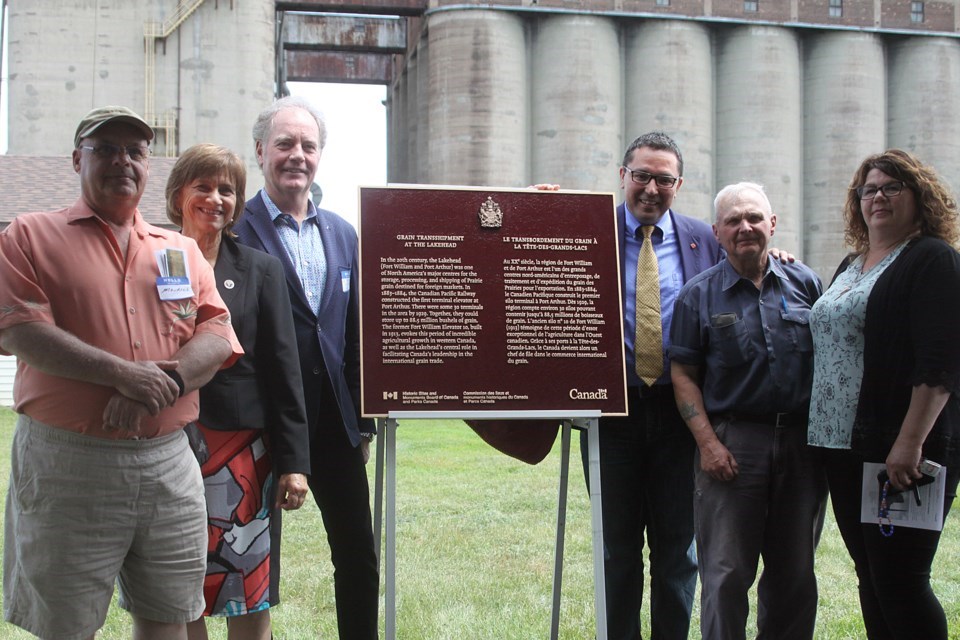THUNDER BAY — A move-at-your-own-speed, app-based tour highlighting the history and current status of the grain trade has just been launched for use by Thunder Bay residents and visitors.
The app includes a map, commentary, photos and some audio recordings.
It was initiated by the local non-profit group Friends of Grain Elevators with the aid of a FedNor grant.
"We often get requests from visitors coming into town, and in many instances from the prairies, who want to see the waterfront and the grain-related properties," said Nancy Perozzo, spokesperson for the group.
Up to now, members of the organization's board have volunteered to conduct tours over the years on request.
One of the conditions of the FedNor grant for hiring a student intern was that the person's work would support economic development in Thunder Bay.
"We felt that developing a self-guided tour, for when we aren't available to do it in person, would be a tourist attraction, something that would give people something to do along the waterfront and follow along the history of the grain trade, as well as talking about what's happening today," Perozzo said.
The tour is divided into three sections — south end, intercity and north end.
It begins on the Kaministiquia River, which Perozzo called the birthplace of the grain industry at the Lakehead.
"We take people along the Kam, in their cars. The tour will be available on our website, but is currently available on the City of Thunder Bay tours app that people can download onto their cell phones, so they can follow along."
At each historic point along the way, some history of the featured location is provided, complemented in some cases by commentary in the way of audio excerpts from the Voices of the Grain Trade project.
"We try to marry the audio story, usually 30 seconds to a minute, to a photograph and then to the spoken information about the tour," Perozzo said.
The south section of the tour ends on Mission Island.
She estimated it will take two to two and a half hours to do the whole tour, but some people may prefer to complete the three stages on different days.
The first local elevator terminal was built in 1884, one year after the completion of the Canadian Pacific Railway line connecting Winnipeg and Fort William.
That kicked off decades of construction, and by 1929 elevators in the twin cities of Fort William and Port Arthur were capable of storing nearly 90 million bushels of grain.
— TBnewswatch




